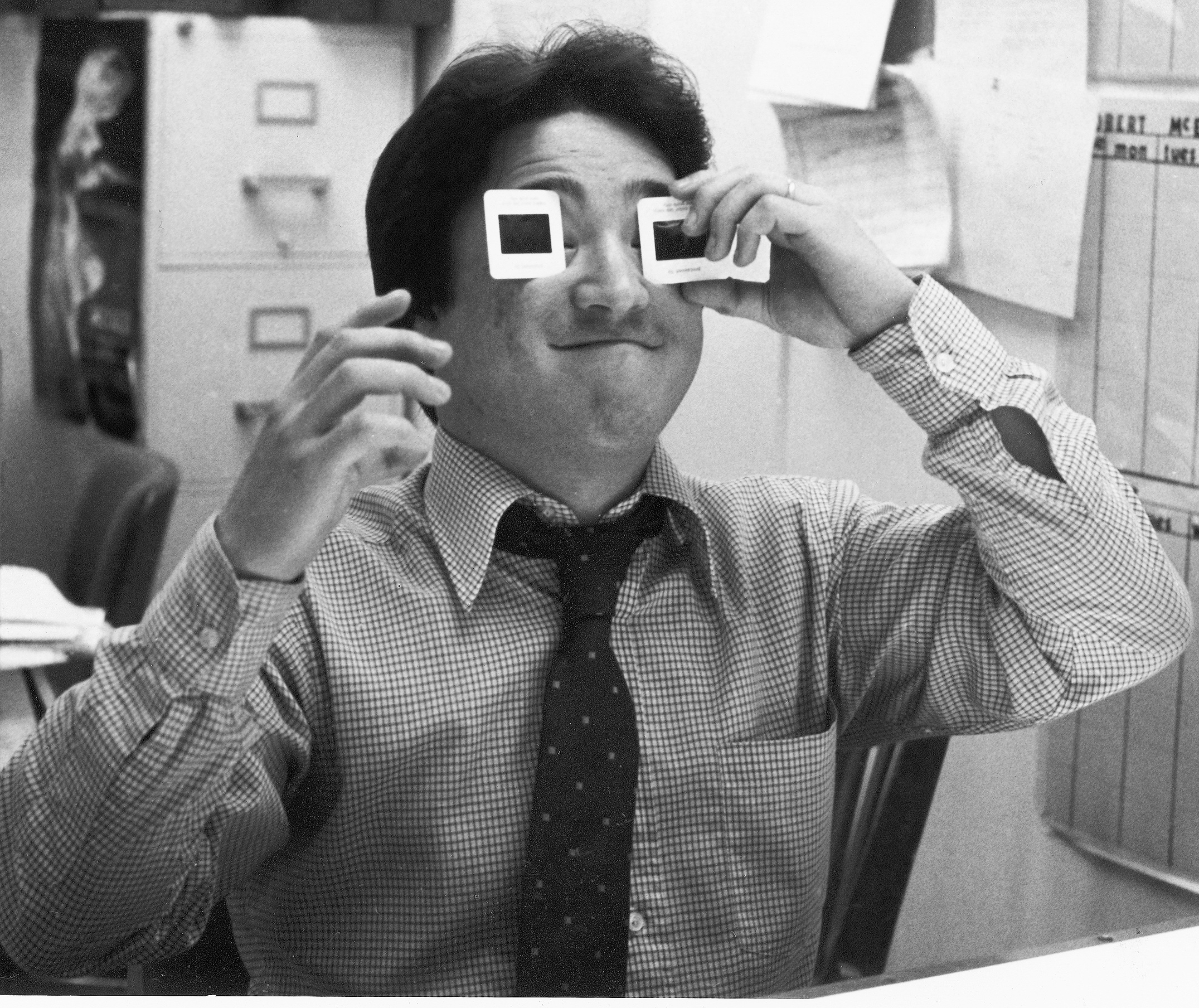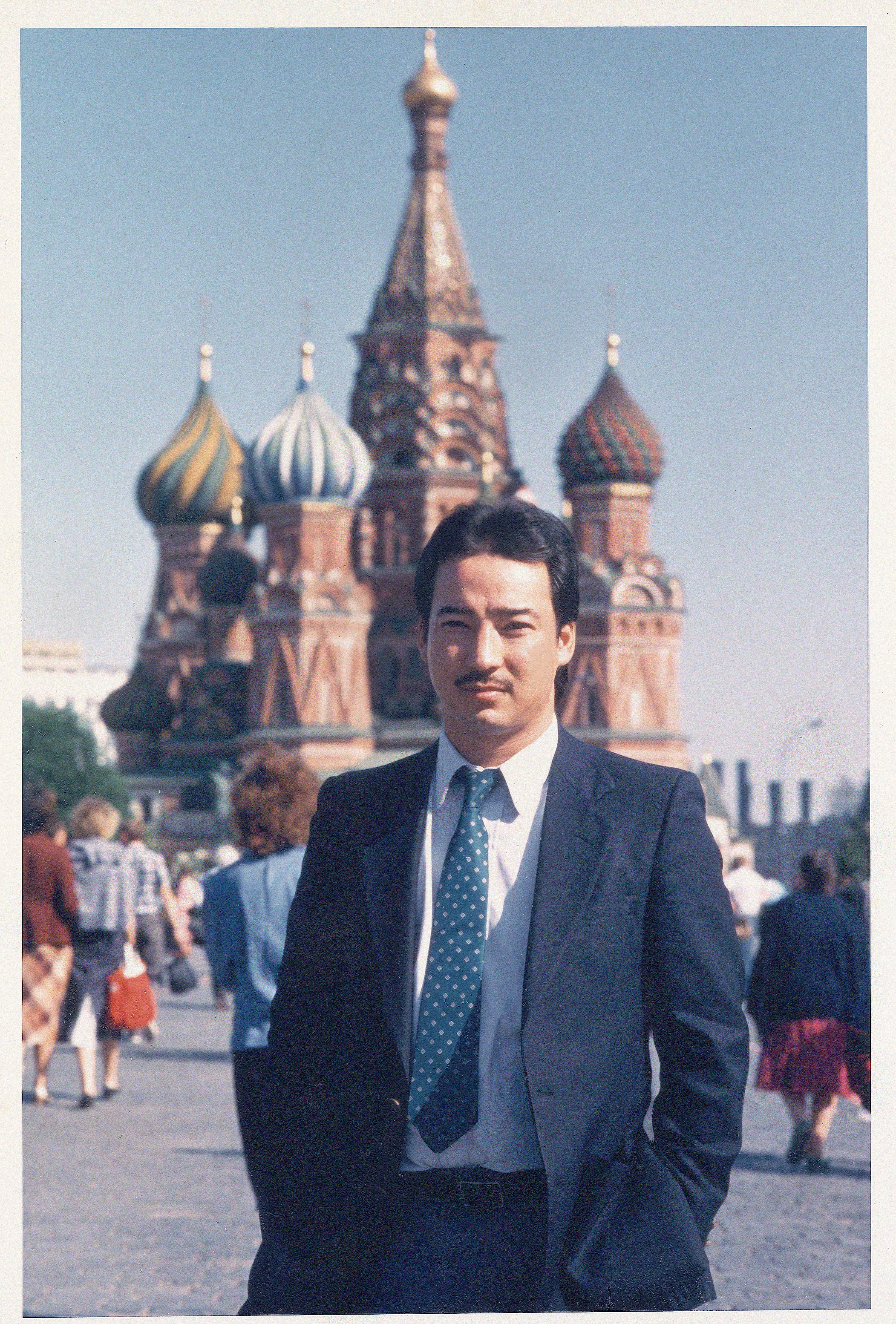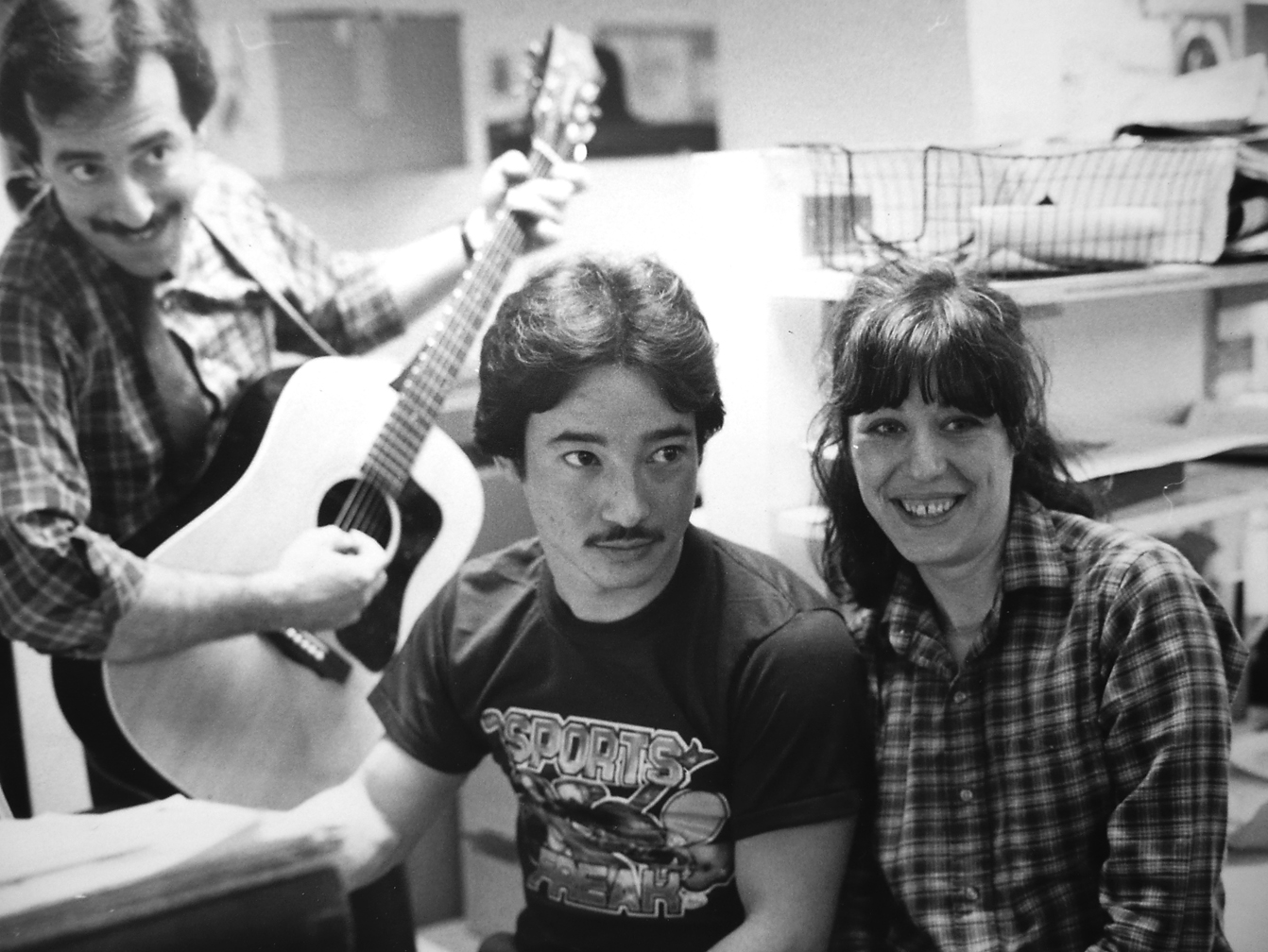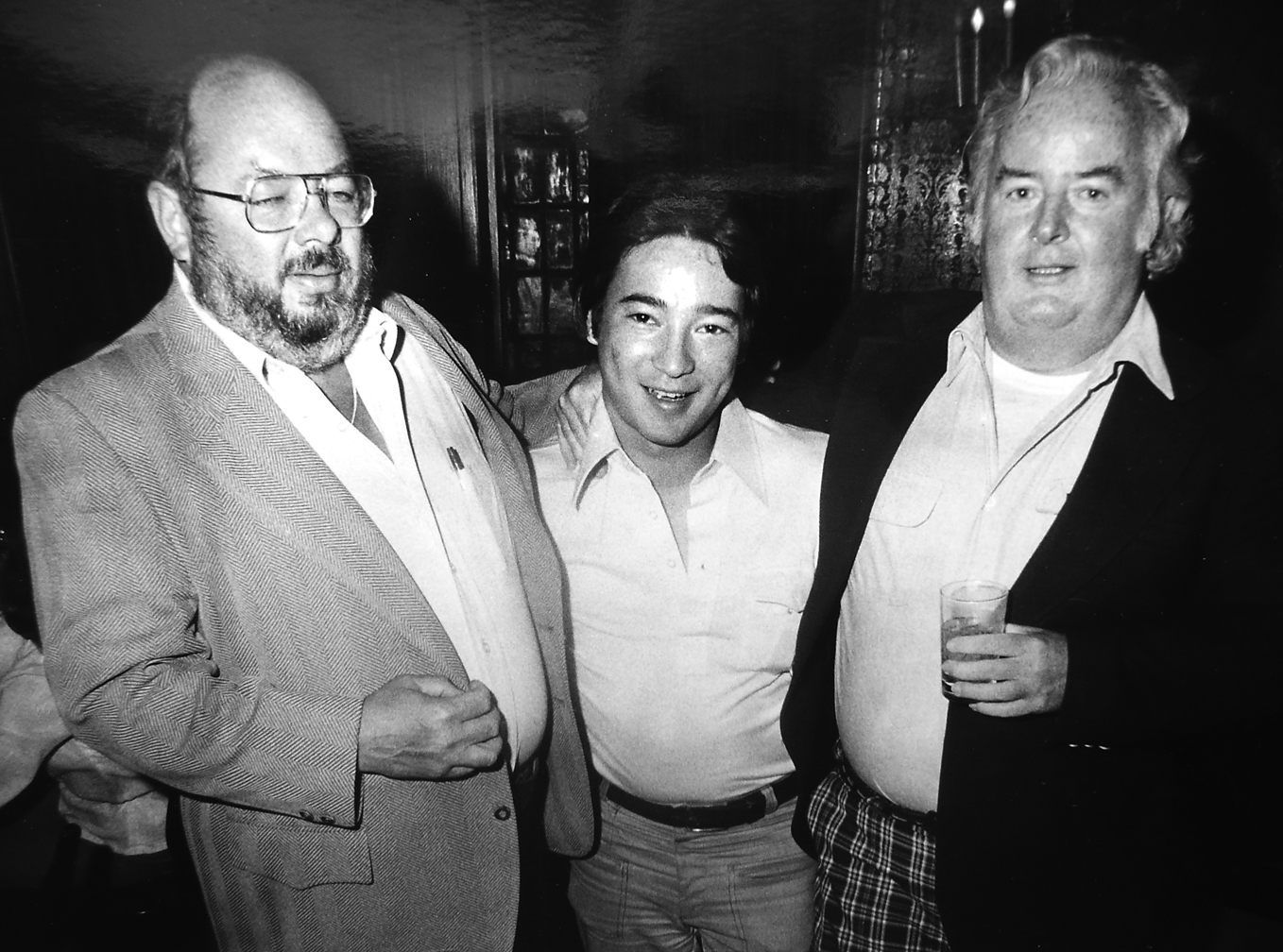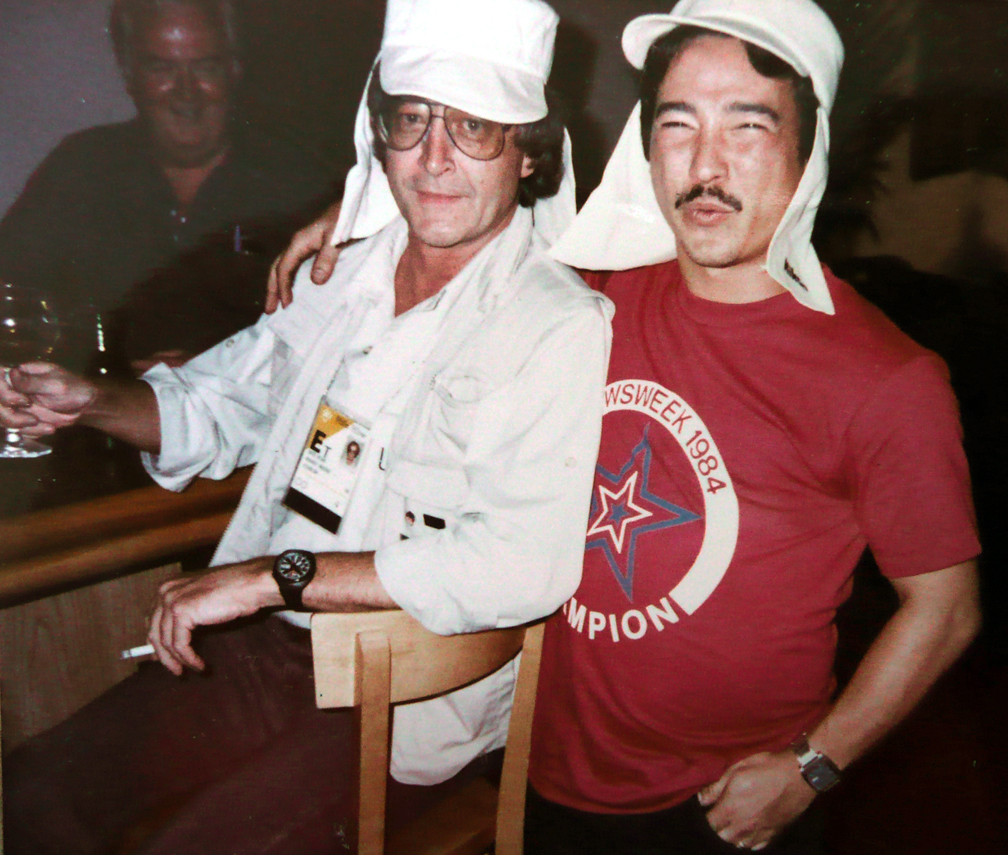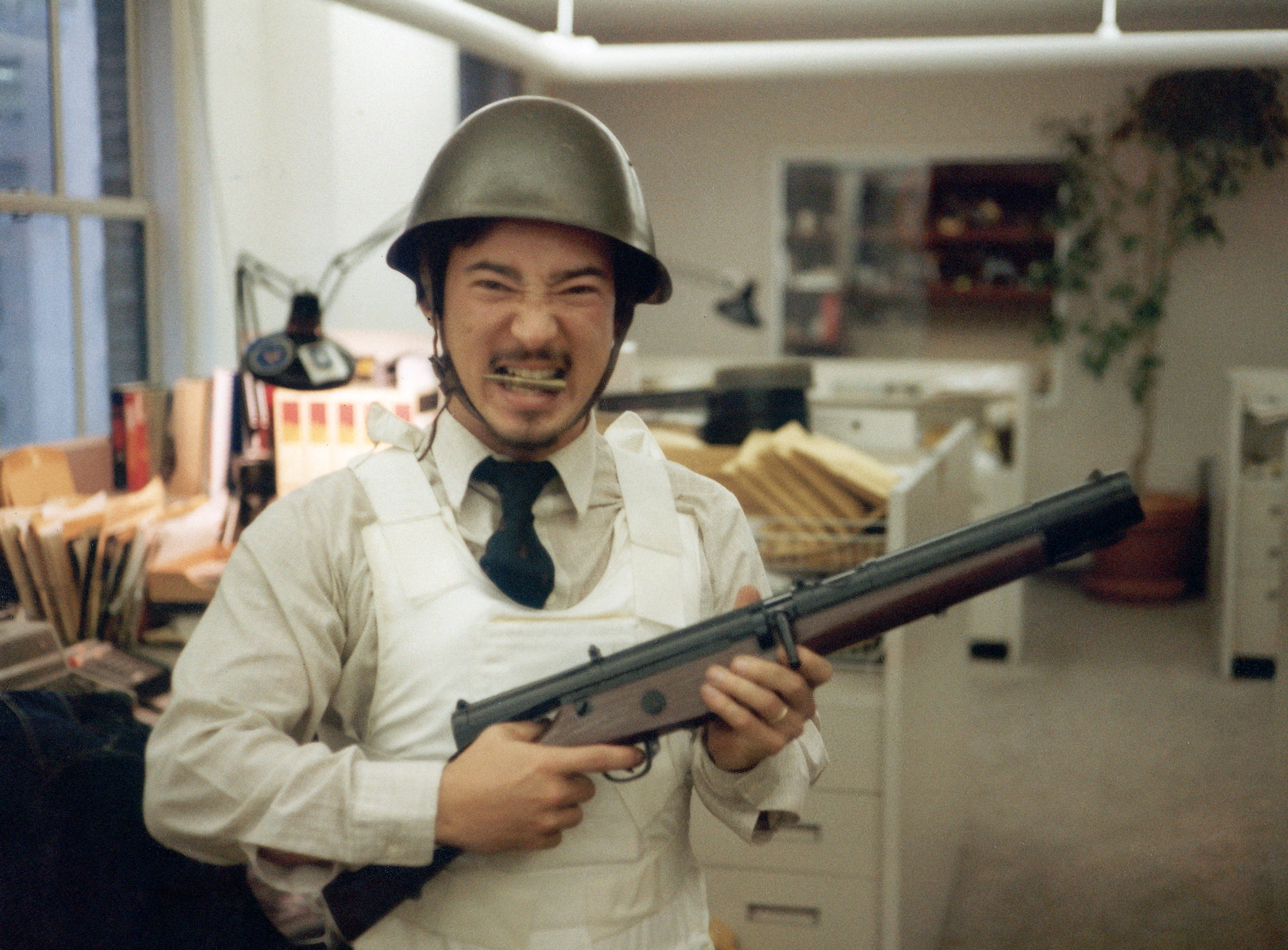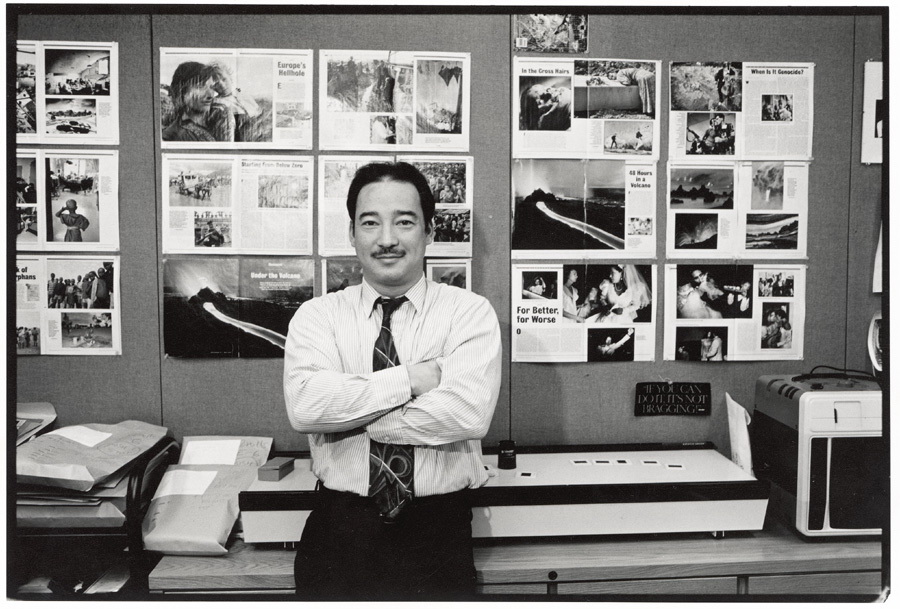By Jim Colton
2012 was a milestone year for me. After 15 years at Sports Illustrated, and 40 years in the industry, I decided to take a breather from the full-time-working-for-the-man gig. And as we approach the New Year, I have much to give thanks for. I am in good health. I have two great kids (who are now young men) that are doing remarkably well in their own lives and careers. I’ve been happily married (to the same woman) for 33 years....and I am now at a point in my life where I can choose what to do but much more important, what NOT to do.
I’ve also rediscovered my penchant for writing. Not necessarily stories like this blog but things with a little more meat on them like the pieces I’ve been producing for the NPPA (National Press Photographers Association) https://nppa.org/page/photo-journal In the Spring of 2013, I will be North Carolina State’s first Photojournalist-in-Residence allowing me to give back to the industry that’s been good to me by helping young photojournalists explore photography and journalism as career options.
So with all this to look forward to in the next year, I decided to look back and examine some of the major news events of 2012 a little bit closer. And what I found was….maybe the Mayans were right. Their calendar ended on December 21, 2012. Many interpreted this as possibly the “End of the World.” I would like to think of it as more of an “End of an Era.” Hopefully, an end to an era of violence. Perhaps the Mayans meant it to be a symbol for “Enlightenment.” I sincerely hope so. 2012 can only be described as “The Year of Violence.” Chronologically, this is what we experienced last year:
January: Protests intensify in Syria. A bomb kills 25 people in Damascus. The cruise ship Costa Concordia capsizes, 11 die, 22 are still listed as missing, and the captain abandoned the ship.
February: 73 people are killed at a riot at a soccer match in Egypt prompting even more political riots. Over 300 people are killed at a prison in Honduras after an inmate sets fire to his mattress. 17-year-old Treyvon Martin is fatally shot in a gated community in Florida by George Zimmerman sparking accusations of racial profiling.
March: A US Soldier kills 17 Afghan civilians, including 9 children. Shane Schumerth, a teacher at Episcopal High School in Jacksonville, Florida, returns to the campus after being fired and kills the headmistress, Dale Regan, with an assault rifle. Tornadoes hit 17 states causing 27 deaths and leaving thousands homeless.
April: One Goh, a former student at Oikos University in Oakland, California, opens fire on the campus, killing seven people.
May: 32 children under the age of ten are killed when Syrian government troops attack the village of Houla.
June: Over 100 are killed in Syria as political unrest continues.
July: During a midnight screening of The Dark Knight Rises, gunman James Holmes opens fire on the crowded theater in a Denver suburb. Twelve people are killed and 58 others are wounded. According to opposition activists, more than 200 people are killed by Syrian government forces in Tremseh, a Sunni village near Hama.
August: Wade Michael Page opens fire in a Sikh temple in Oak Creek, Wisconsin, killing six people and wounding three others. Syria sinks into civil war. In Daraya, a suburb of Damascus, mass burials are discovered. The Local Coordination Committees reports that at least 630 residents of Daraya have been killed in the last week. The United States military reaches 2,000 deaths in Afghanistan.
September: Armed gunmen storm the American consulate in Benghazi and kill U.S. ambassador to Libya Christopher Stevens and three other embassy officials.
October: In Pakistan, Taliban members shoot 14-year-old Malala Yousafzai in the head and neck. Yousafzai was targeted due to her outspokenness against the Taliban and her determination to get an education. Hurricane Sandy causes over 100 deaths and 30 Billion dollars in damage. Jerry Sandusky, a former Penn State football coach, is sentenced to 30 to 60 years in prison for molesting young boys.
November: Israel and Egypt clash as dozens are killed during airstrikes in the Gaza.
December: Adam Lanza forces his way into Sandy Hook Elementary School, in Newtown, Connecticut, and kills 26 people. The victims include 20 children between the ages of six and seven.
Well, I don’t know about you, but I am both exhausted and saddened just recounting that. What has our world come to? Have we become animals? And yes maybe the Mayans were right. For so many families, mothers and fathers who lost their children to the hands of a mad man in Connecticut, it WAS the end of their world.
My thoughts and prayers are with all of the families of all of the victims of violence in this last year. Let us pray that 2013 becomes the Year of Enlightenment….a year where we celebrate life with all of those we love on God’s Green Earth.
Peace be with you!
